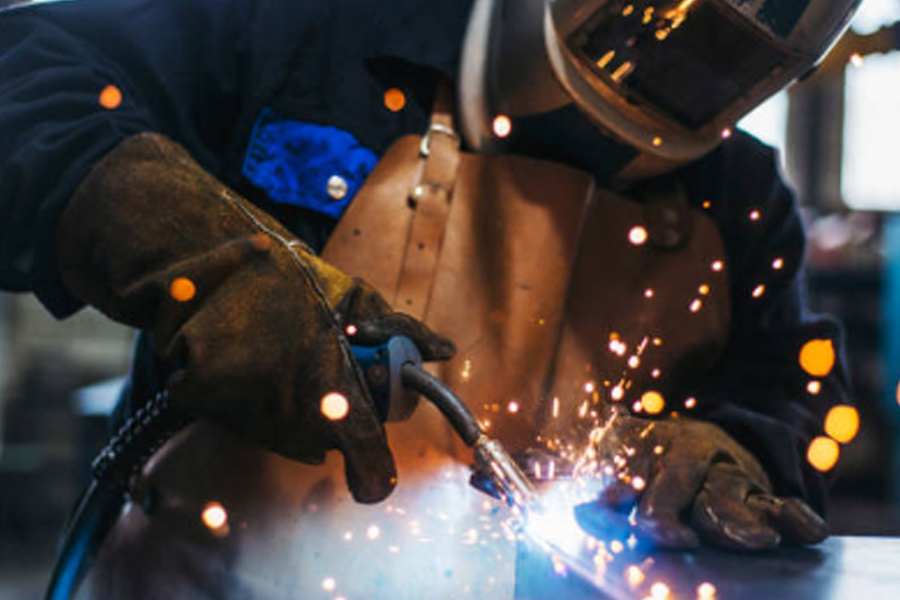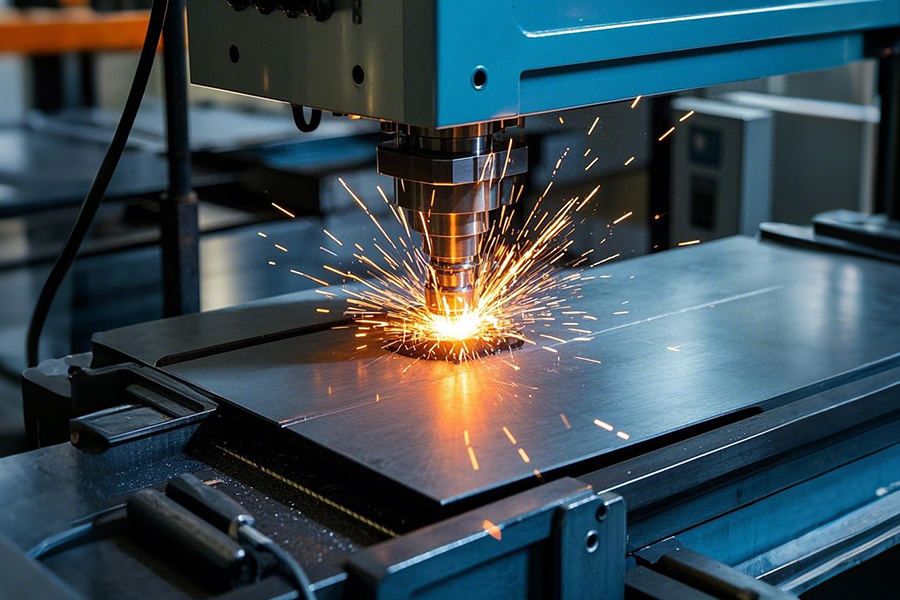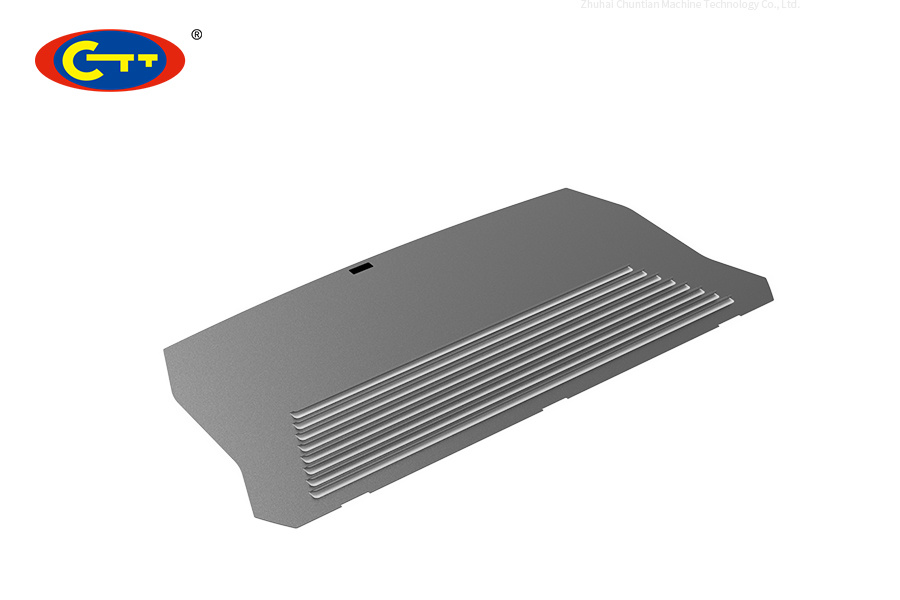Sheet metal processing automation: improve efficiency or sacrifice individuality?
Release time:
2024-12-26
Sheet metal processing automation has greatly improved efficiency, and traditional personalization concerns are false. Digital design allows it to handle diverse needs, laser cutting creates personalized possibilities, and flexible production takes into account different tasks, improving efficiency while expanding the space for personalization, and assisting the new development of the sheet metal industry.
In the field of sheet metal processing, the application of automation technology has triggered a lot of thinking, among which the most concerned is whether it simply improves efficiency or sacrifices personalization.
Sheet metal processing automation undoubtedly has an excellent performance in improving efficiency. Traditional sheet metal processing relies on manual operation, from cutting, bending to welding of sheets, which is not only time-consuming and labor-intensive, but also prone to human errors. Automated equipment, such as CNC sheet metal processing centers, can complete various tasks accurately and quickly according to pre-set programs. It can continuously process sheet metal parts, greatly shortening the production cycle. For example, in the mass production of automobile body sheet metal parts, automated production lines can produce a large number of standard products in a short time to meet the needs of high-speed production in the automobile industry, significantly improve the production efficiency and production capacity of enterprises, reduce unit production costs, and make enterprises more price-competitive in market competition.
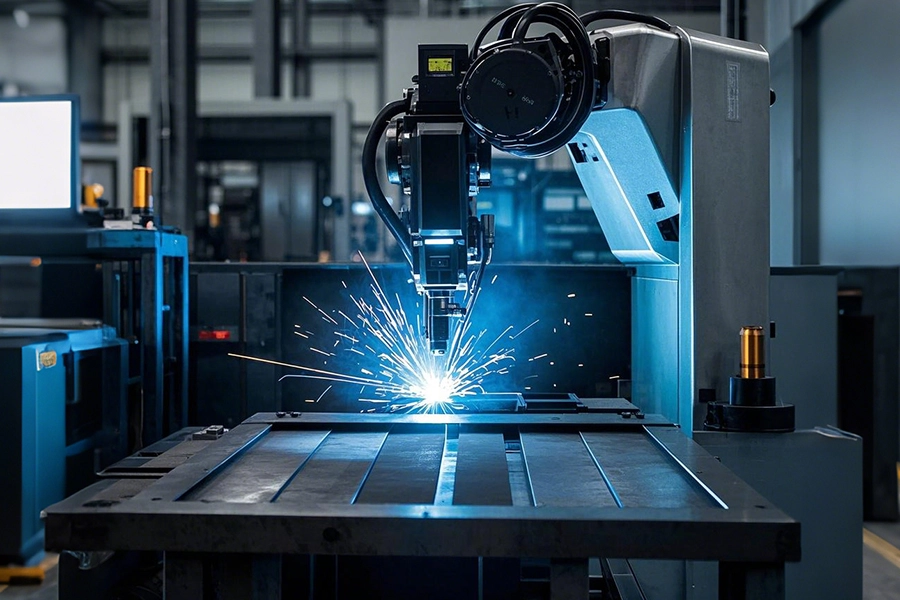
However, some people worry that automation will lead to a lack of personalization. In the past, manual sheet metal processing was able to create some uniquely designed sheet metal products for customers based on the experience and skills of craftsmen to meet niche or special needs. But in fact, modern sheet metal processing automation does not mean the end of personalization. With the development of digital design and manufacturing technology, automated equipment can easily handle various complex design data. As long as different parameters and models are entered in the design software, the automated processing system can manufacture sheet metal products of various shapes and sizes according to these instructions. For example, in the production of customized electrical control cabinets, although automated processing is used, by adjusting the design parameters, products that meet the special requirements of different customers for internal layout, external dimensions and functional modules can still be produced.
In addition, automated processing has also created new possibilities for personalization. It can achieve some complex processes and high-precision requirements that are difficult to achieve with traditional manual work. For example, laser cutting technology is used to process extremely fine patterns or special-shaped holes on sheet metal parts. This high-precision personalized processing adds unique charm and value to the product. Moreover, the flexibility of automated production lines is also constantly improving, and different production tasks can be quickly switched, while improving efficiency and taking into account the production needs of multiple personalized orders.
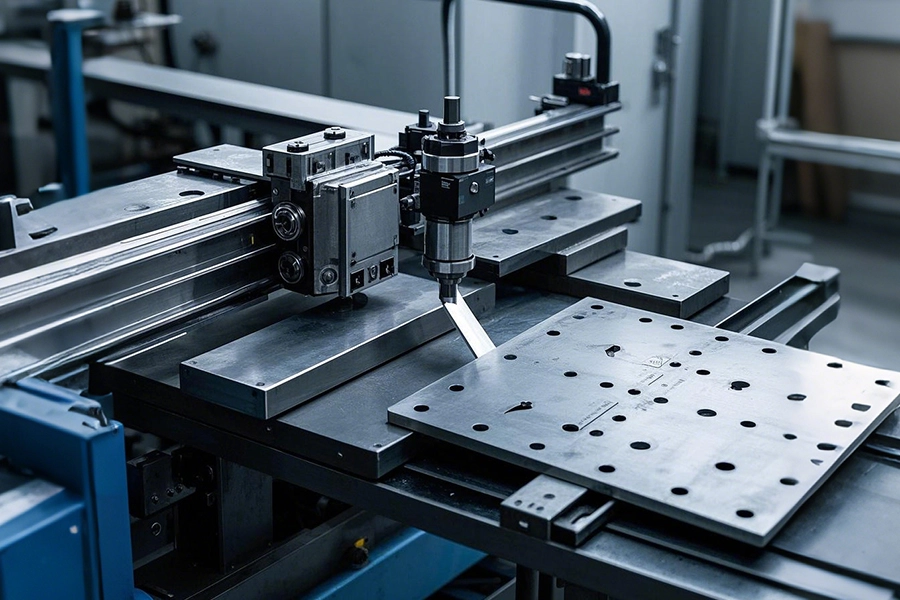
In summary, sheet metal processing automation does not sacrifice personalization in exchange for improved efficiency. On the contrary, while greatly improving production efficiency, it provides a broader space and more ways to realize the personalization of sheet metal processing with the help of advanced digital technology and continuously developing flexible manufacturing capabilities, enabling enterprises to better respond to the challenges of the personalized market while meeting large-scale production needs, and promote the sheet metal processing industry to a new stage of development.
Key Words





